
Author Mads Timmermann
Mads has 14+ years of experience as a skin expert and has written/read this article.
Introduction
Cystic acne and hormonal acne are two common forms of acne affecting many people. Both types can cause significant distress and impact a person's self-esteem. Understanding the differences between these two types of acne, their symptoms, and the available treatments can help individuals manage their condition more effectively.
Cystic acne is characterized by large, painful, and inflamed nodules beneath the skin's surface. These breakouts result from a combination of excess oil, dead skin cells, and bacteria trapped within the hair follicles. Hormonal acne, on the other hand, is caused by hormonal imbalances, often related to menstruation, pregnancy, or conditions such as polycystic ovary syndrome (PCOS). This form of acne tends to manifest as small, tender bumps around the chin, jawline, and cheeks.
While both cystic and hormonal acne present unique challenges, early identification of the specific type of acne and appropriate treatment can lead to improved outcomes and a clearer complexion.
Key Takeaways
- Cystic acne features large, inflamed nodules, while hormonal acne results from hormonal imbalances.
- Symptoms of hormonal acne often appear around the chin, jawline, and cheeks.
- Identifying and treating the underlying cause of acne can lead to a clearer complexion.
Understanding Acne: Cystic and Hormonal
In this section, we will explore the differences between cystic acne and hormonal acne. Both forms of acne can cause significant physical and emotional distress, but understanding their distinct characteristics can help identify the most appropriate course of treatment.
Nature of Cystic Acne
Cystic acne is characterized by the presence of large, inflamed, and often painful cysts that develop deep within the skin. These cysts can be more stubborn and severe than regular pimples, and they tend to leave behind scarring if not treated properly. Some factors contributing to cystic acne include overactive oil glands, bacterial infections, and dead skin cells clogging pores. It's essential to treat cystic acne using a targeted approach to reduce the risk of scarring. Options include topical medications, oral antibiotics, and, in severe cases, isotretinoin (source).
Nature of Hormonal Acne
Hormonal acne is usually characterized by the presence of inflammatory breakouts that coincide with fluctuations in hormone levels throughout the menstrual cycle. It commonly occurs in adult females, but can affect individuals of any age and gender. The breakouts are often associated with increased sebum production, which can lead to clogged pores and promote bacterial growth. Hormonal acne is typically found in the lower half of the face, particularly around the jawline and chin. Treatments for hormonal acne may include oral contraceptives, anti-androgen medications, or other hormone-balancing therapies (source).
By recognizing the differences between cystic and hormonal acne, we can better direct our efforts towards implementing targeted treatment plans that address their specific causes and symptoms.
Symptoms Comparison: Cystic Acne vs Hormonal Acne
Cystic Acne Symptoms
Cystic acne is a severe form of acne characterized by large, painful, and inflamed breakouts. The main symptoms include:
- Large, red bumps: These bumps are often painful to the touch and can be deep beneath the skin's surface.
- Pus-filled lesions: Cystic acne often results in pus-filled cysts that can be large and painful.
- Scarring: Due to the severity of cystic acne, it can lead to scarring once the pimples heal.
- Slow healing: Cystic acne tends to take longer to heal compared to other forms of acne, which can result in prolonged discomfort.
Hormonal Acne Symptoms
Hormonal acne usually occurs due to fluctuations in hormone levels, commonly associated with certain stages of a woman's menstrual cycle or in cases of hormonal imbalances such as polycystic ovary syndrome. Symptoms of hormonal acne may include:
- Location: Hormonal acne commonly appears along the jawline, chin, and lower cheeks.
- Timing: Breakouts tend to occur or worsen during the premenstrual phase or other times when hormone levels fluctuate.
- Inflammation: Hormonal acne can cause inflamed, red breakouts, but might not be as deep or painful as cystic acne.
- Increased oiliness: Hormonal fluctuations can lead to increased sebum (oil) production, which contributes to the development of acne.
Although it's crucial to recognize the symptoms to differentiate between cystic and hormonal acne, treatment options can overlap. Nevertheless, proper diagnosis and tailored treatments can lead to significant improvements.
Treatments and Remedies
Treating Cystic Acne
Cystic acne is a severe form of acne characterized by large, painful cysts deep within the skin. Treating cystic acne usually requires medical intervention as over-the-counter solutions might not be effective. Some popular options for treating cystic acne include topical retinoids, oral antibiotics, and isotretinoin. Retinoids, such as tretinoin or adapalene, help unclog pores and reduce inflammation. Oral antibiotics are prescribed to reduce inflammation and kill the bacteria responsible for acne breakouts. For severe cases, isotretinoin is often prescribed, as it can have long-lasting results.
Incorporating a consistent skin care routine is crucial for managing cystic acne. Using gentle and effective products, such as those found in a skin care kit, can be helpful in controlling breakouts and maintaining healthy skin.
Treating Hormonal Acne
Hormonal acne often appears during puberty but can persist into adulthood. It is believed to be caused by fluctuations in hormone levels, particularly androgens like testosterone. Women may experience hormonal acne due to imbalances in estrogen and progesterone levels. For mild cases, treatments are often similar to those for other types of acne. These include over-the-counter products containing benzoyl peroxide or salicylic acid, and possibly topical retinoids as well.
For more severe hormonal acne, medications that work directly on hormones may be prescribed. These include oral contraceptives that help regulate hormones in women, and anti-androgen medications for both men and women.
Before embarking on a treatment plan for hormonal acne, it is vital to determine the cause. Taking a customized skin care test can provide valuable insights into which products may be the most beneficial for your specific skin type and condition. Establishing a consistent and personalized skin care routine will be crucial to maintaining healthy skin in the long term.
Conclusion: Which is Worse, Cystic or Hormonal Acne?
Both cystic and hormonal acne can cause significant distress for those who experience them, but determining which type is worse can be subjective as it depends on the individual's experience and the severity of their acne.
Cystic acne is characterized by painful, large, and deep cysts, often leading to scarring. It is typically more severe than other acne types and can impact a person's self-esteem and overall quality of life. The deep inflammation associated with cystic acne can make it more difficult to treat, and it often requires more aggressive treatments, like isotretinoin, to see improvement.
On the other hand, hormonal acne is usually linked to fluctuations in hormone levels, particularly during menstruation, pregnancy, or when using hormonal contraception. This type of acne is often made worse during periods of hormonal changes. Hormonal acne typically presents as breakouts along the jawline, chin, and cheeks, which can be frustrating and persistent.
When comparing the two types of acne, it could be argued that cystic acne may be considered more severe due to the larger, more painful lesions and the potential for scarring. However, hormonal acne can also be persistent, troublesome, and affect an individual's mental wellbeing.
Ultimately, the severity of either type of acne depends on the individual and their unique experiences. As a result, it is essential to focus on finding effective treatments and management strategies specific to each person's needs rather than attempting to determine which type of acne is universally worse. By doing so, we can better support those dealing with both cystic and hormonal acne in improving their skin health and overall wellbeing.
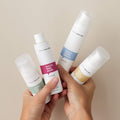
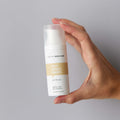
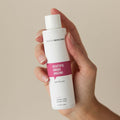
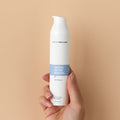
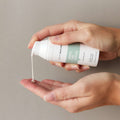
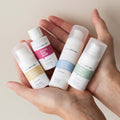
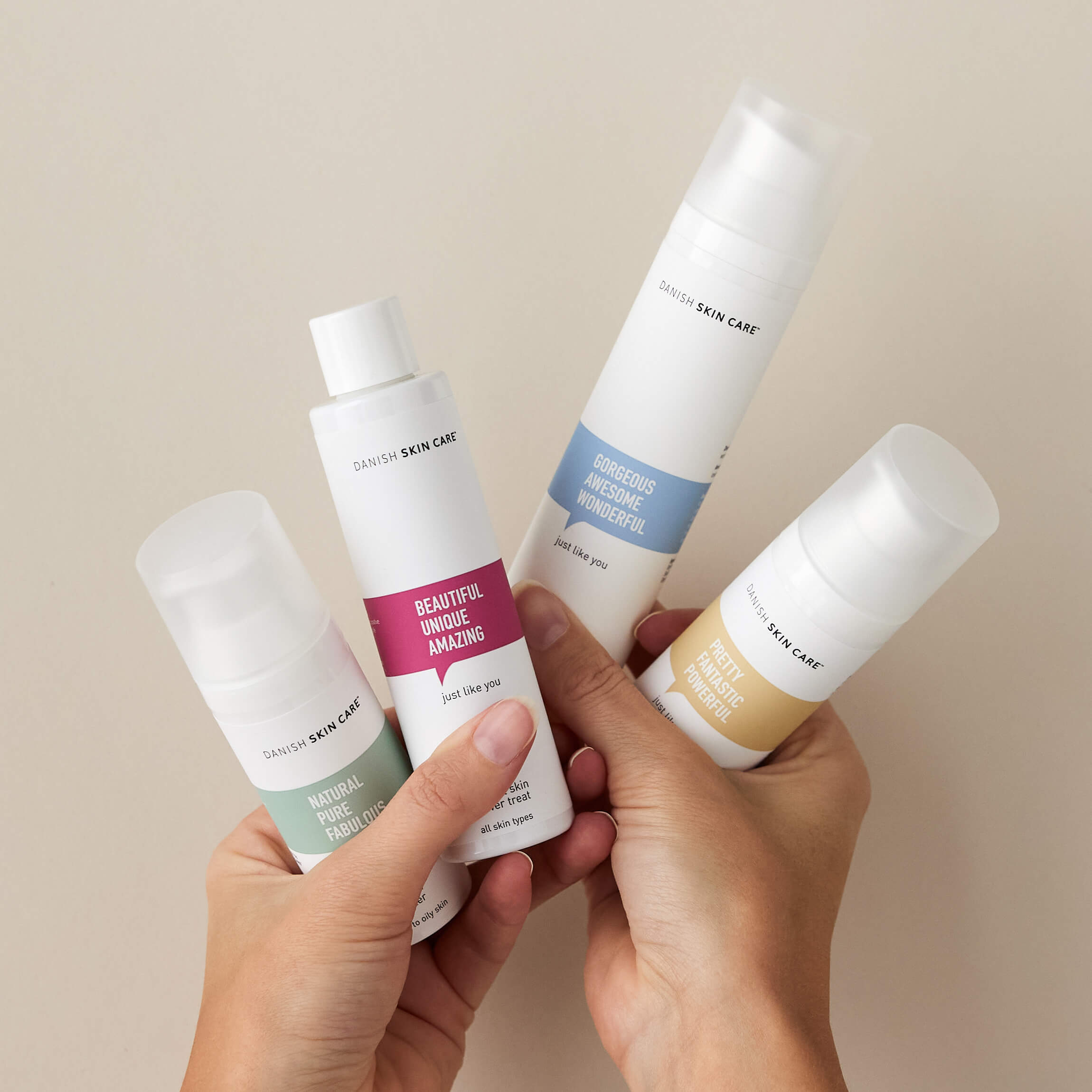
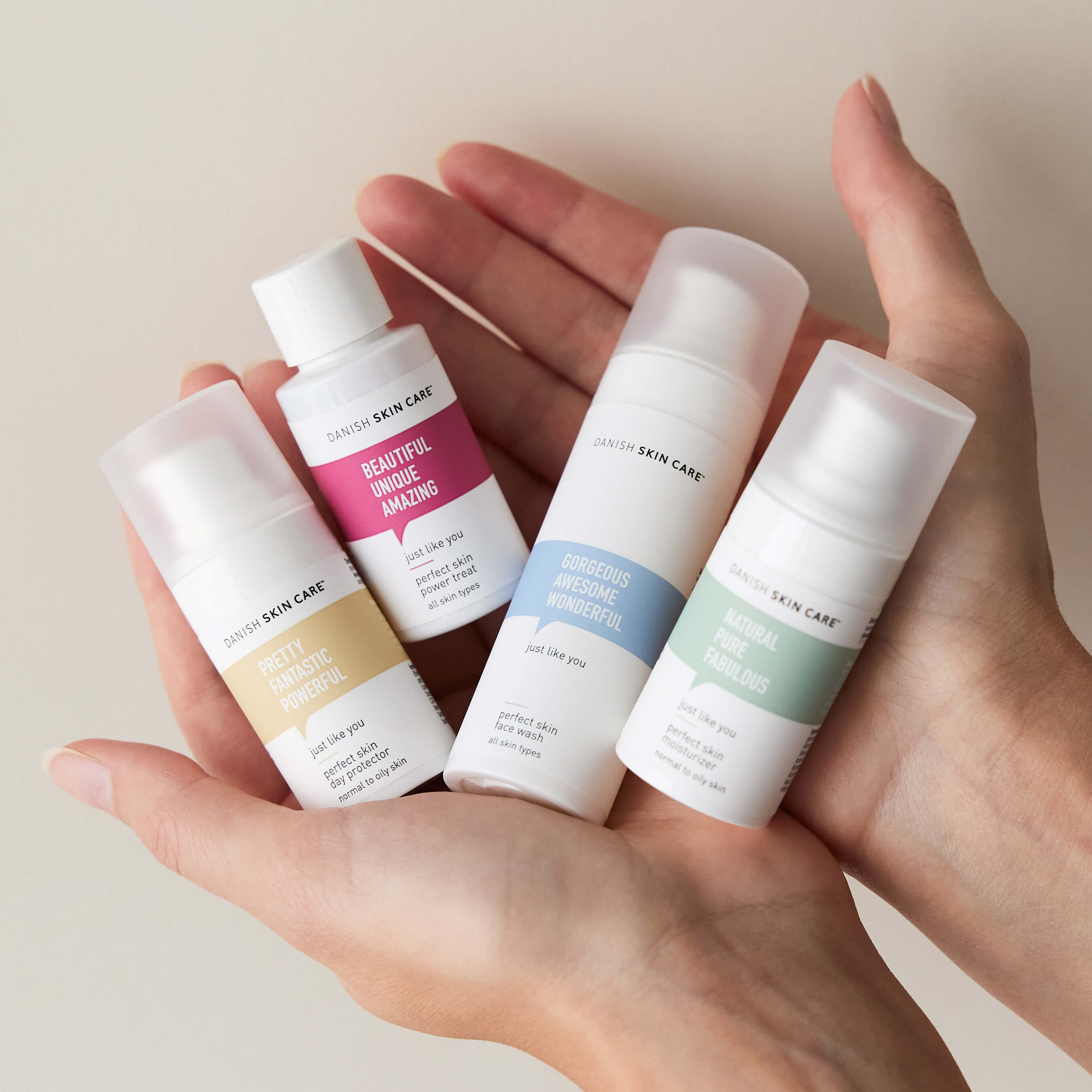

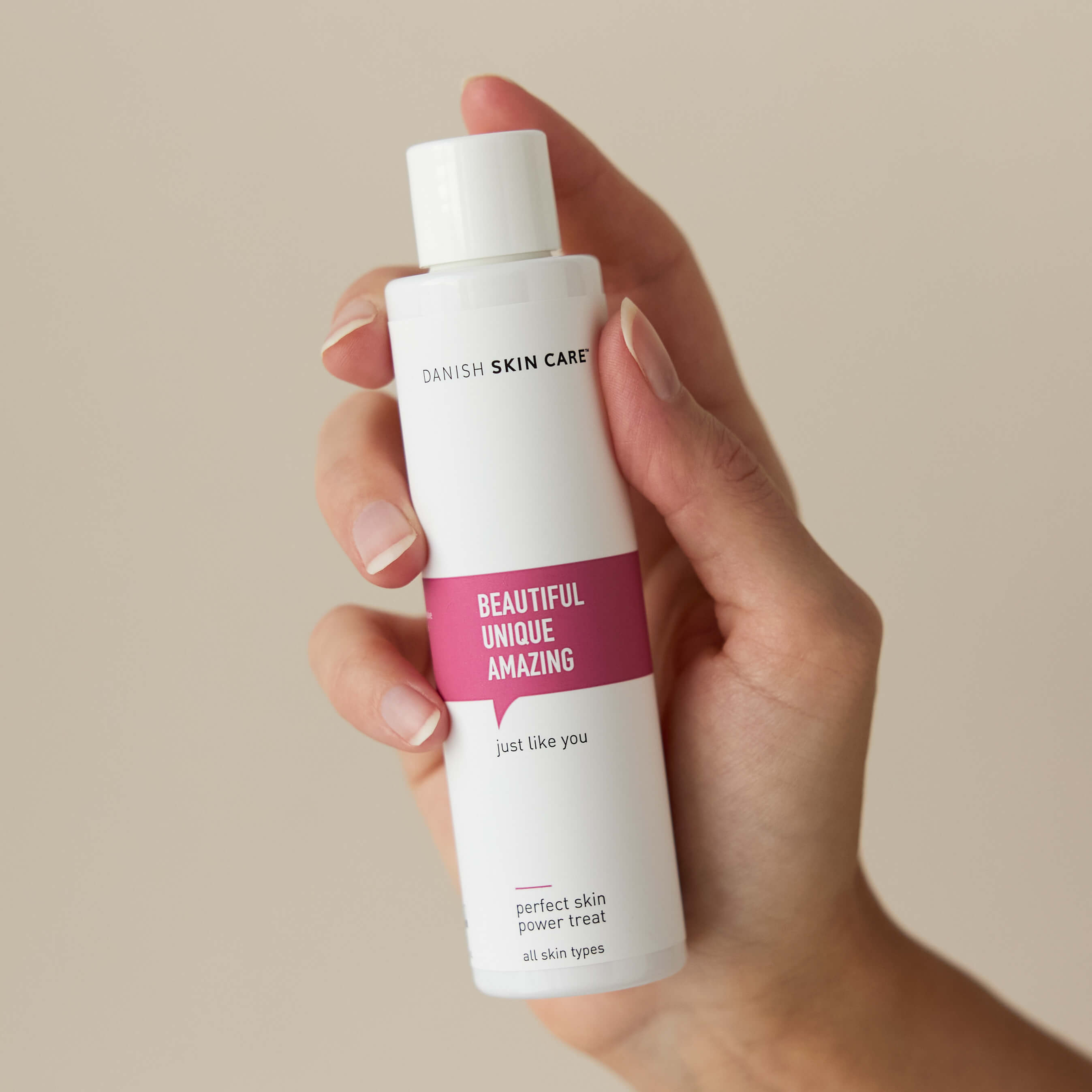


Leave a comment